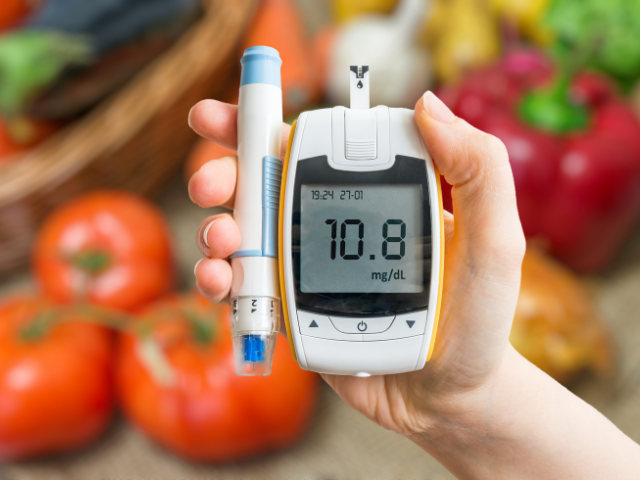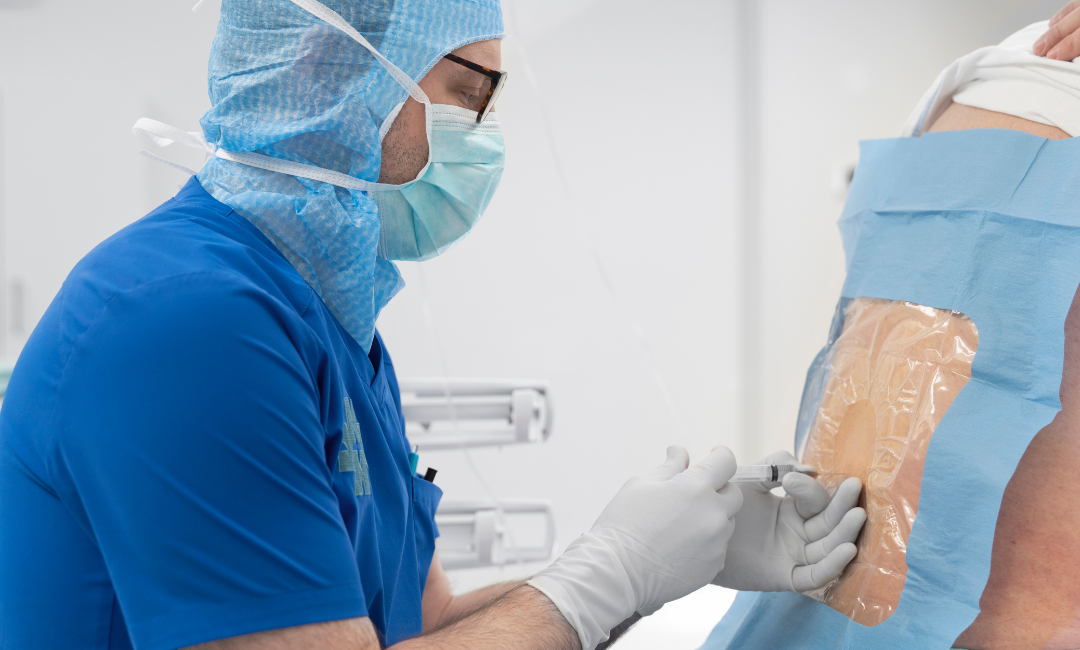Nursing Highlights for Treating Hyperclycemia
If you diagnose a patient having hyperglycemia, elicit a complete medical history, including risk factors and medication history. Know if they take oral hypoglycemics or insulin for it. Ask the patient about polyuria and polydipsia because it is common for patients with hyperglycemia to urinate large amounts of diluted urine. Also, the patient should be asked about the urine color and if it is light yellow or clear.
Patients with slight hyperglycemia may not have any symptoms unless the blood glucose level has increased enough to cause fluid volume deficit and dehydration. Perform a complete head-to-toe assessment, including a neurological examination.
Hyperglycemic patients have increased serum osmolarity — a higher concentration of particles than water in the blood. When the concentration goes above 300 mOsm/liter, it causes decreased mental status. Assess the patient’s cough and gag reflex with consciousness level.
Also, inspect the patient for signs of dehydration, such as dry mucous membranes, dry scaly skin, or poor skin turgor. Press gently on the patient’s eyeballs; they may feel soft rather than firm. The patient’s vital signs may reveal hypotension from fluid loss and tachycardia. If dehydration has occurred for a long time, the patient may have elevated body temperature and warm skin. However, the urine may not appear concentrated.
Suppose the serum glucose level is above 250 mg/dL, and the fluid balance is adequate. In that case, insulin is usually prescribed as a subcutaneous (SC) or IV push injection. Most patients are put on sliding-scale insulin every six hours. Suppose a patient has elevated serum glucose along with a fluid volume deficit. In that case, the fluid volume deficit is corrected first, often with a standard saline solution (0.9% sodium chloride), before the glucose excess. If glucose is reduced in a fluid volume–depleted patient before volume resuscitation, the vascular volume decreases, and the patient can develop hypovolemic shock.
In patients with diabetes mellitus or HNKS, the nurse must lower blood glucose levels by insulin administration and volume resuscitation. Be cautious while doing that. If the serum glucose level is reduced too rapidly, fluid shifts into the central nervous system, leading to cerebral edema and death. No matter the diagnosis, once the glucose level and the patient are stabilized, a full work-up to determine the cause and long-term treatment is needed to prevent recurrences of hyperglycemia.
More stringent control of hyperglycemia can improve outcomes in acutely and critically ill or surgical patients. The goal of control during critical illness is a glucose level of 80 to 125 mg/dL. Make a schedule for continuous glucose monitoring at the bedside as frequently as every 30 minutes with point-of-care technology and insulin administration through continuous insulin infusions.
Fluid Balance
In patients with hyperglycemia, the priority is to maintain adequate fluid balance. Since glucose is an osmotic diuretic, it can put the patient at risk of developing severe volume deficits. If the patient is conscious, encourage them to drink plenty of water and sugar-free drinks without caffeine. Since the patient is already tachycardic because of hyperglycemia, caffeinated beverages can exacerbate it. Also, hyperglycemia is accompanied by increased serum osmolarity and decreased mental status. Therefore, fluid replacement is accomplished mainly by the IV route.
In hyperglycemic patients, you may also need to perform rapid resuscitation. For that, a large-gauge peripheral IV site with a short length can provide rapid fluid replacement. Keep the tubing as short as possible from the IV bag or bottle and avoid long loops of tubing at a level below the patient’s heart. Monitor the patient for signs of dehydration, such as altered mental status, dry mucus membranes, and soft eyeballs. You also need to ensure the patient does not get fluid overloaded. Watch for its symptoms such as pulmonary congestion, neck vein distention, shortness of breath, frothy sputum, and cough.
In most cases of hyperglycemia, patients are at risk of developing ineffective airway clearance because of altered mental status and airway obstruction by the tongue. Therefore, always keep the oral and nasal airway, endotracheal tube, and laryngoscope near the patient’s bedside. When the patient has slow respirations, apnea, or snoring, maintain the airway and breathing with a manual resuscitator bag and notify the physician immediately.
Try to rule out the exact cause of hyperglycemia. If it occurs because of diabetes mellitus or HNKS, discuss it with the physician and teach the patient about insulin administration and dose. Teach them how to administer insulin and inform them that insulin administration is critical to keeping blood glucose levels under control. Encourage the patient to distribute it by themselves so they can be independent. Compel the patient to maintain a daily physical activity routine, which can help lower serum glucose levels.
As a nurse, I guide the patient in recognizing the symptoms of hyper- and hypoglycemia and taking measures to prevent and treat them. I also teach the patient and their caregivers how to prevent skin and lower extremities infections, ulcers, and poor wound healing.
Nurses should document the following parameters for the patient with hyperglycemia:
- Fluid balance and nutrition- Intake and output
- Color of urine
- Amount and type of volume resuscitation
- Sliding scale and response to insulin
- Signs of hypoglycemia or hyperglycemia
- Daily weights
- Signs of dehydration or rehydration
- Effectiveness of diet, medications, and activity on blood glucose
- Patient’s understanding of teaching about hyperglycemia and its management
- Pathophysiology of an underlying disorder, nutrition education, insulin and technique of administration, oral hypoglycemic medication, exercise program, self-monitoring of blood glucose, and prevention of complications such as skin lesions and hypoglycemia
Discharge Guidelines
When the patient is discharged, teaching them about managing the condition is essential. Enlist all medications with their doses, routes, times, and side effects. If possible, give them a contact number if they encounter any issues in self-monitoring serum glucose levels or administering insulin.
For follow-up care, refer the patient to the outpatient diabetic clinic or community contacts. Also, provide a list of materials and equipment needed for home care. Give the patient any written materials or pamphlets that guide the management of hyperglycemia.
Patients also need to be taught “sick day” rules for managing their diabetes when ill. Examples of “sick day” rules are to continue insulin doses when nausea and vomiting occur, check blood glucose more frequently, and call the healthcare provider if unable to drink fluids.
Prevention of Complications
Long-term hyperglycemia can lead to various complications, such as kidney damage, neuropathies, vision loss, foot ulcers and amputation, heart diseases, and recurrent infections. To prevent them, you can take the following steps:
- Ask the patient to get their eyes checked by an ophthalmologist at least once a year.
- Get their HBA1c levels monitored every 3 to 6 months and urinary albumin levels every 12 months.
- Ask them to visit the podiatrist for a foot examination during each clinic visit.
- Encourage them to check blood pressure often and maintain it at less than 130/80 mmHg.
- If the patient has hyperlipidemia, initiate statin therapy.









